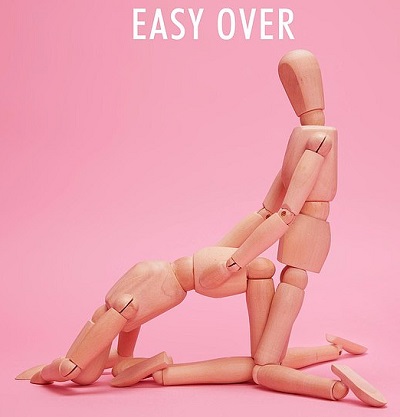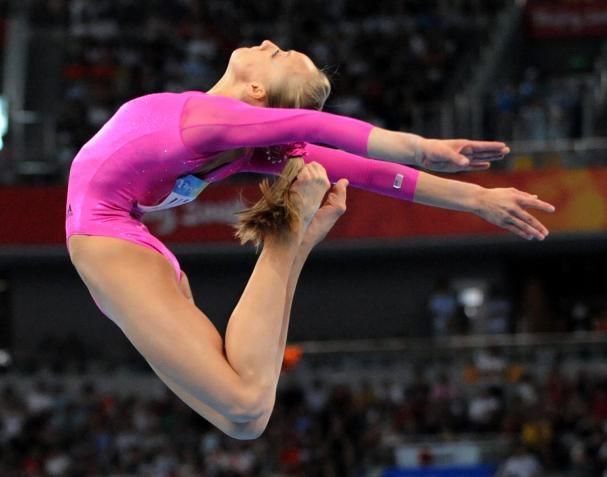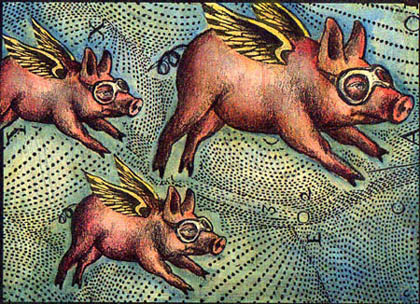Apparently this couple were engaged in sex when the bed broke, violently catapulting the woman onto the floor and causing her to break her back.
This being the Modern Era, she sued the manufacturer of said bed for lots of money. Result:
[Woman] LOSES bid for £1 million damages after judge rules ‘tragic accident’ was down to ‘unusual positioning and movement’
Personally, I blame the Daily Mail newspaper for her injury. Is it not the Mail which publishes articles such as this?
Couples stuck in a sexual rut need look no further, as a new guide breaks down the most satisfying – yet challenging – new positions to try in the bedroom.
Unveiled by the British lingerie giant Ann Summers, the top five most difficult to master moves will require dexterity on the part of both you and your partner.
According to Ann Summers its top five are the ‘most pleasurable’ positions, but it concedes they’ll take some practice.
The retailer’s resident ‘flexpert’, Charlotte, said: ‘It is important to train your body to be able to contort properly, but it will be worth it for both you and your other half.
‘However you will need to practice regularly if you want to attempt the most difficult sex positions with your perfect partner.’
They even have pictures to illustrate them — just not of actual couples, the cowards, but marionettes:

(Note that the female figure is bent over backwards in this one. I dunno; maybe US gymnast Nastia Liukin could do it, but not many others.)

Anyway, I think the Mail should shoulder at least a little responsibility here; although that said, I think that if the abovementioned judge is to believed, older women need to be a little more cautious before launching into “unusual positioning and movement”.
And under no circumstances should anyone attempt the notorious “aircraft-carrier-landing position”, which carries a severe risk of injury to those attempting it. Don’t make me post the picture…

















